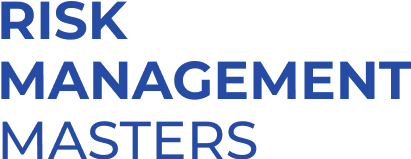The post Why Is the Crypto Market Down Today, On Nov 3? appeared first on Coinpedia Fintech News The…
The post Bitcoin Volatility Squeeze: Is BTC Gearing Up for a Breakout Above $112K or a Drop Below $100K?…
The post XRP ETF Launch In November Could Ignite Price to $10 Before 2026 appeared first on Coinpedia Fintech…
The post Aster Price Blasts Past $1.07 Amid Whale Buys, Can it Hit $2? appeared first on Coinpedia Fintech…
The post Aster (ASTER) Price Surges Over 30% After CZ’s $2.5 Million Investment Sparks Massive Buying Frenzy appeared first…
Berkshire Hathaway delivered a robust blowout in its Q3 2025 earnings, showcasing another strong quarter under Warren Buffett’s leadership.The…
Big Tech has poured roughly $380-400 billion into AI infrastructure this year, fueling a race to build data centers,…
This week was packed with historic milestones and high-stakes moves across business and geopolitics.Trump and Xi finally met after…
